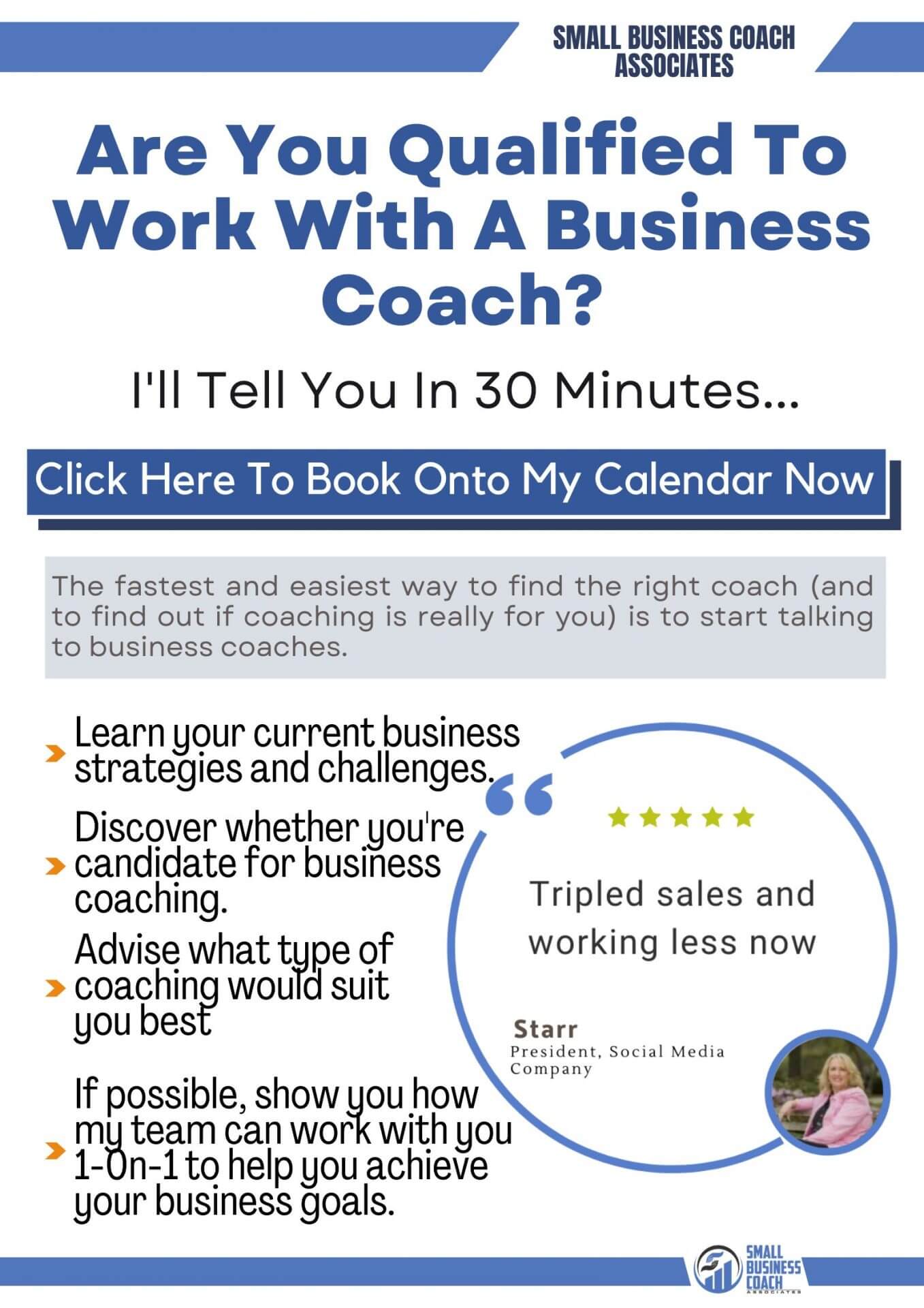VIEW BY TOPIC
- Finding Customers
- Business Systems
- Managing Employees
- Leadership
- Managing Money
Related Posts

Ready to Grow Your Business Fast?
Here’s How I Grew Five Businesses, and Eventually Sold One to a Fortune 500 Company.

User Generated Content Tips For Small Business Branding
Ecommerce is a rapidly changing field. It’s part of a digital world that’s never ceased evolving since its beginnings. Not only that, but we access the internet through technologies that are becoming more complex and valuable every day. To stay relevant, an online store must keep up with all these changes and provide user-generated content. However, certain things remain constant.
Ecommerce companies will always be required to:
- Make an excellent first impression.
- Take good care of their clients.
- Reach out to them wherever they are.
Any business should follow these best branding strategies.
Your Brand’s Purpose
This may appear to be the simplest of all the processes in the brand development process, but it’s a great idea to spend some time thinking about your brand’s purpose. Consider the following questions:
- What issues are addressed by my products or services?
- What distinguishes my company?
- Why should my customers be interested in my company?
- How does my brand’s purpose reflect my mission statement?
- Is the objective of my brand consistent with the brand promises I’m making?
Exploring the reason that underpins your brand can provide you with the insights you need to identify better how your brand can interact with your customers and vital assistance as you create your brand.
Define Your Identity
More than just pasting a logo on your website qualifies as branding. Your company’s branding is who you are; it’s your mission and values, how you treat your customers, and how your visual assets appear and feel. So, before you move on to the more tactical aspects of your branding strategy, you must first grasp who you are as a business.
Ask yourself questions like:
- What do I want to be known for while developing my brand identity?
- What are the primary missions and values of my company?
- What type of encounter do I want to have in my field?
Mobile Friendly
One of the best internet business tips we keep going back to is the importance of mobile. Simply said, if you don’t design your eCommerce store with mobile in mind, you’ll be obsolete in today’s market. Fortunately, determining whether your website looks as excellent on mobile devices as it does on desktop computers is straightforward. Google provides a free mobile-friendly test tool that allows you to see how your site looks on a mobile device. It also makes suggestions for how you might improve your website.
Consider the following when it comes to optimizing your site for the be

st user experience:
- How will your navigation appear on different devices?
- Is it feasible to tap on components that are clickable?
- Is your image quality constant across all screen sizes?
- Have you optimized your checkout, payment, and add-to-cart processes for different screen sizes?
Social Media
The heart of your eCommerce small business brand should be social media.
Social media platforms such as Facebook, Instagram, and Twitter can help you expand your brand’s awareness and consumer base if you put them to good use. Here are some pointers to help you create your brand on social media:
- Post consistent material, daily articles, and live content on a weekly basis.
- Competitors’ highly engaged followers can be commented on and liked.
- Because you know your competitors are interested in your business, follow accounts that follow your competitors.
- Use influencer marketing to your advantage.
Know Your Target Market
It may seem simple, but many small businesses are focused on figuring out who they are and what sorts of services or products they want to provide. They entirely overlook figuring out who they’re trying to sell those products or services to—and as a result, their branding suffers.
- Spend some time defining your ideal client.
- What are their names?
- What are their ages?
- What is their level of income and education?
- Is there a predominance of one gender?
- What qualities do they want in the companies with which they do business?
- What is important to them?
- When do they intend to use your product or service, and why do they require it?
When you know your target market, you can use that information to influence your branding approach, resulting in a brand that resonates with the people you want to engage with.
Be Visual
It’s time to start developing your brand after identifying who you are, who your customers are, what makes you unique, and what’s working in your industry. This phase is just as crucial for small firms as it is for larger corporations.
Here are a few items you’ll need to build your brand’s look and feel:
- A style guide for your brand. Before you start developing, it’s crucial to work out the finer points of your design strategy, such as your brand’s color palette, fonts, and design do’s and don’ts. A brand style guide is an excellent method to keep track of design elements and ensure that you, your designer, and anybody else working on your brand are all on the same page.
- It’s a logo. Your logo is the front of your business; it’s the first thing most customers see when they come across your brand, and it’s the visual asset that will be most strongly associated with your firm. The first thing you should design is a logo, as it will serve as the starting point for all your other visuals (like your website and your business cards).
- Business cards are a type of business card. If you’re in business, you’ll need a business card, and the design should match your logo and other design elements.
- A web page. Your website is like a piece of digital real estate for your firm, and the feel and appearance of your website should match the rest of company branding when people visit it.
Look For Partnerships
People like to work with well-known companies. If you’re a new company, however, building trust can take time. What if there was a method to expedite the process? Look for opportunities to collaborate with other businesses that your clients already deal with. What is the most important factor in the success of this strategy? Finding clients who have similar—but not competitive—audiences is a great place to start.













